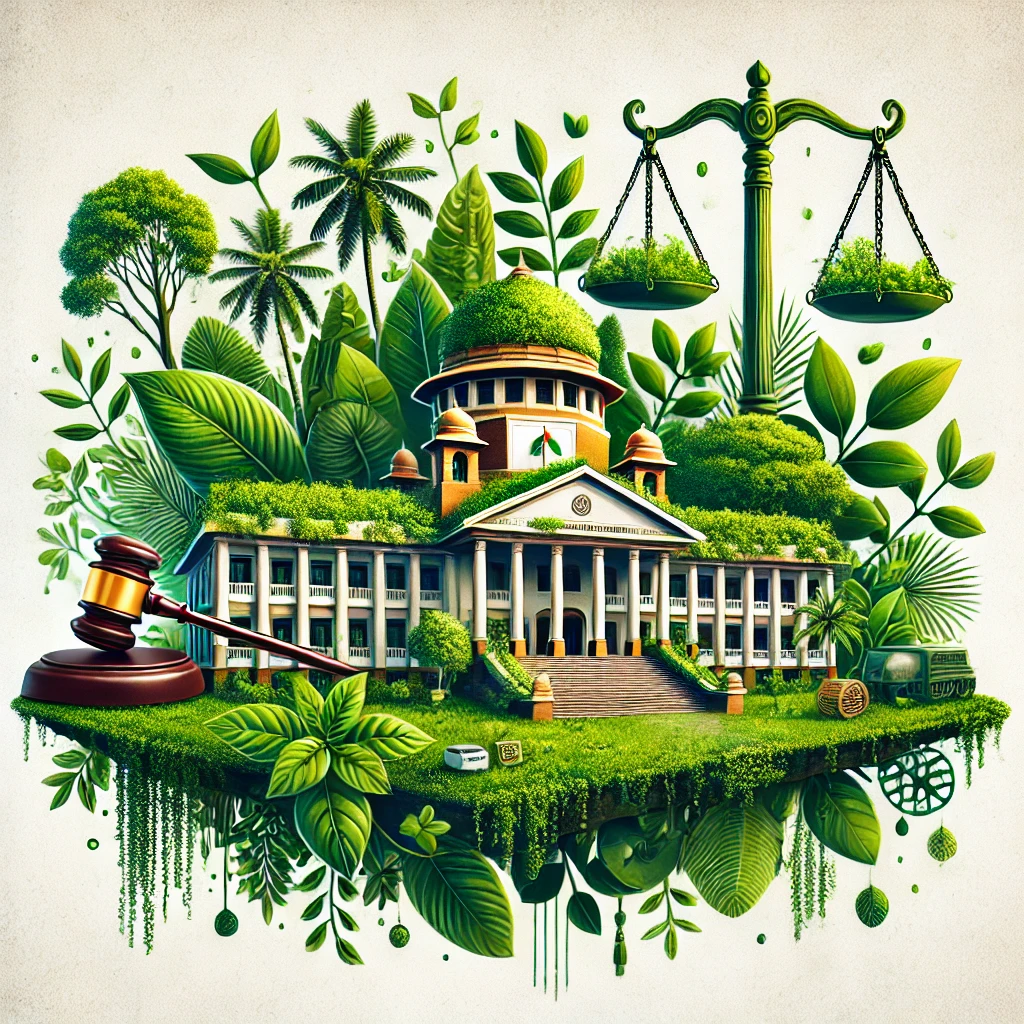Nuisance and the Origins of Environmental Law under Environmental Law
Nuisance and the Origins of Environmental Law
What is Nuisance?
Nuisance is a common law tort that involves the unlawful interference with a person's use or enjoyment of land. It is historically one of the earliest legal doctrines addressing environmental concerns, focusing on preventing harm caused by one person’s activities to another’s property or health.
Types of Nuisance
Public Nuisance: Affects the community or public at large.
Private Nuisance: Interference with the use or enjoyment of land by an individual or a defined group.
Role of Nuisance in Environmental Law
Nuisance is foundational in the development of environmental law because it provided early mechanisms for addressing pollution and environmental harms before the establishment of statutory environmental regulations. It recognizes that certain activities can cause harm or inconvenience to others, particularly relating to air, water, noise, or land contamination.
Environmental law evolved as governments and courts realized the need for broader protections beyond individual disputes, but nuisance remains a key principle, especially in private law remedies for pollution.
Elements of Nuisance
To establish a claim of nuisance, the plaintiff must prove:
There is an interference with the use or enjoyment of land.
The interference is substantial and unreasonable.
The interference causes harm or damage.
Case Law Illustrations
1. Sturges v. Bridgman (1879)
Facts: A doctor complained that a neighbor’s noisy and vibrating machinery interfered with his use of a consulting room.
Held: The court held that a nuisance claim depends on the locality. What is a nuisance in a residential area may not be so in an industrial area.
Significance: This case established the principle that the nature of the locality is crucial in nuisance claims, which is fundamental in environmental disputes involving industrial pollution near residential areas.
2. Rylands v. Fletcher (1868)
Facts: Fletcher’s mine was flooded because Rylands had constructed a reservoir that leaked.
Held: The court imposed strict liability for non-natural use of land causing harm to others.
Significance: Though technically a separate tort, it influenced environmental law by emphasizing liability for hazardous activities.
3. Hunter v. Canary Wharf Ltd (1997)
Facts: Residents claimed that the construction of the Canary Wharf Tower interfered with their TV reception.
Held: The court held that interference must affect the use or enjoyment of land itself, not just intangible property rights.
Significance: Clarified that nuisance protects use and enjoyment of land, limiting claims to tangible interference, an important boundary in environmental nuisance cases.
Environmental Impact
Nuisance law was the primary tool for environmental protection before statutory laws.
It allowed landowners to seek injunctions or damages against polluters.
Limitations included difficulty in addressing widespread pollution affecting the general public and proving harm or substantial interference.
These limitations led to the development of statutory environmental regulations, but nuisance remains an important supplement.
Summary
Nuisance is an early and foundational concept of environmental law.
It addresses interference with land use and enjoyment caused by pollution or hazardous activities.
Case law has developed principles on locality, substantial interference, and reasonable use.
While nuisance law alone cannot address all environmental problems, it laid the groundwork for modern environmental regulations.




























0 comments